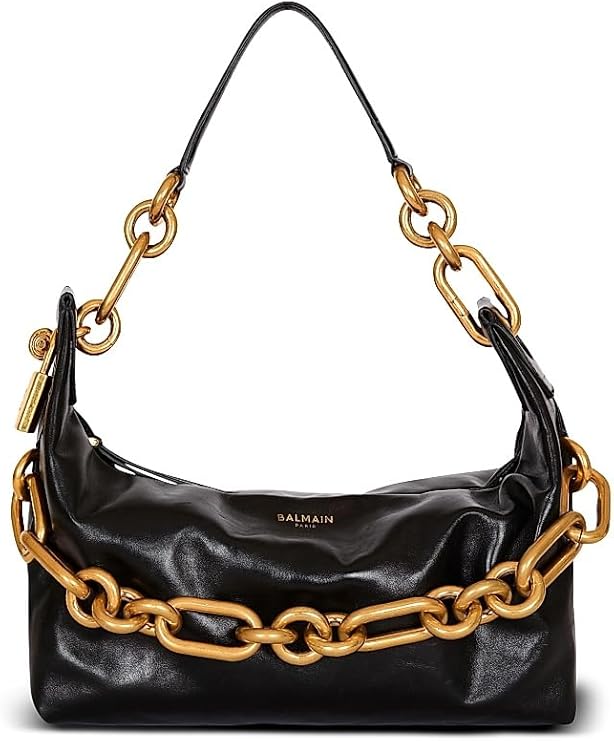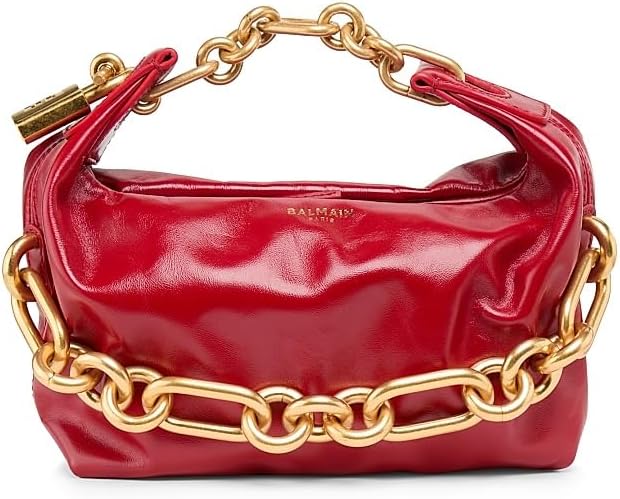The Genesis of Thom Browne: From Concept to Icon
The inception of Thom Browne as a brand in 2001 marked a significant turning point in the landscape of American fashion. Founded by designer Thom Browne, the brand has become synonymous with a distinctive aesthetic that challenges traditional tailoring. Browne, hailing from a background in men’s fashion design rather than haute couture, sought to create a label that would marry conceptual innovation with classic American menswear. His vision was born out of a desire to redefine the boundaries of gender norms and traditional sartorial standards.
Thom Browne’s approach to tailoring is characterized by his signature cropped suits, often complemented by a play on proportions. This unique interpretation of menswear not only redefined the silhouette but also established a new language for modern tailoring. By taking essential elements of traditional suits and deconstructing them, Browne introduced a fresh dynamic to the industry. His work bridges the gap between avant-garde and accessibility, making it both relatable and aspirational.
Initially, Thom Browne struggled to gain recognition in a competitive market dominated by established brands. However, his perseverance paid off, as his innovative designs gradually garnered attention from fashion critics and the public alike. The brand’s ability to create unconventional silhouettes—exemplified in collections where models sported dramatically shortened blazers and exaggerated lengths—resulted in a reimagining of wearability in menswear. This radical departure resonated deeply, carving a niche within the fashion industry.
By blending traditional craftsmanship with an imaginative vision, Thom Browne positioned himself as a pioneer of contemporary menswear, effectively transforming his brand into an icon of American fashion. Through his unwavering commitment to a conceptual framework, he has sparked conversations about identity, masculinity, and the art of dressing, marking a profound influence on future generations of designers.
The Signature Shrunken Suit: A Game Changer in Modern Tailoring
Thom Browne’s shrunken suit has undeniably transformed the landscape of modern tailoring, serving as a hallmark of his innovative design ethos. Introduced in the early 2000s, this suit brings a refreshing departure from traditional menswear silhouettes. Browne’s approach to proportions is one of the most distinctive elements of his shrunken suit. The jacket is meticulously cut to be shorter in length with a more fitted waist, while the trousers are cropped to reveal the ankles. This alteration defies conventional tailoring norms and creates an avant-garde aesthetic that has captured the attention of fashion enthusiasts and critics alike.
The fabric choices employed in the shrunken suit are equally noteworthy. Browne frequently utilizes high-quality materials such as wool, cotton, and linen, emphasizing both texture and durability. These fabrics not only enhance the overall appearance of the suit but also offer comfort, bridging style with wearability. The craftsmanship is a critical aspect as well; each piece is tailored with precision, ensuring that attention to detail is maintained in every stitch. This level of quality supports Browne’s challenge to the traditional idea of menswear, inviting wearers to rethink standard suit functionality and adaptability.
The impact of the shrunken suit extends far beyond mere aesthetic appeal. It has instigated a cultural shift within the fashion industry, where boundaries between formal and casual attire are increasingly blurred. Browne’s designs have inspired a new generation of designers to explore innovative cuts and styles, shifting the narrative of contemporary suiting. Consequently, the shrunken suit not only exemplifies a radical evolution in menswear but has also redefined expectations for what modern tailoring can be, fostering an environment that encourages experimentation and individual expression in fashion.
Grey Flannel and Conceptual Uniformity: The Art of Minimalism
Thom Browne’s approach to fashion transcends traditional design through a deliberate focus on grey flannel and the concept of uniformity. Since the inception of his brand in 2001, grey has emerged not merely as a color choice but as a defining symbol of his aesthetic. The nuanced shades of grey utilized in his collections evoke a sense of timelessness, creating a cohesive thread that runs throughout his work. This color choice reflects a commitment to minimalism, allowing outfits to achieve both sophistication and versatility, thus appealing to a broad audience.
A hallmark of Browne’s design philosophy is the exploration of minimalism, wherein simplicity is celebrated as a canvas for personal expression. By incorporating basic forms and muted colors, Browne successfully challenges the notion that minimalism must be devoid of boldness. His use of grey flannel, particularly in tailored suits and outerwear, accentuates the clean lines and structured silhouettes that characterize his work. The result is clothing that demands attention through its craftsmanship rather than through flamboyance.
This deliberate embrace of uniformity in Thom Browne’s collections allows clothing to serve not just as a garment but as an extention of the wearer’s identity. The minimalist designs suggest a lifestyle marked by sophistication and intentionality, encouraging individuals to embrace the understated elegance that grey flannel embodies. Browne’s capacity to intertwine these elements reflects a profound understanding of contemporary aesthetics, enabling his uniforms to transcend their basic function and assume a more significant cultural role. Ultimately, the fusion of grey flannel with a minimalist design philosophy establishes an enduring legacy within American fashion.
Thom Browne’s Legacy and Influence on American Fashion
Thom Browne has undeniably left a profound imprint on the fashion landscape since his emergence in 2001. His innovative approach to tailoring has not only redefined menswear but has also influenced a myriad of designers, prompting a rethinking of traditional styles and forms. Browne’s distinctive vision combines classic silhouettes with avant-garde elements, creating a unique aesthetic that resonates with both critics and fashion enthusiasts alike.
One of the most significant contributions of Thom Browne to American fashion is his ability to juxtapose formal tailoring with playful, often unconventional designs. This revolutionary perspective has encouraged subsequent designers to experiment with cuts, fabrics, and proportions. Brands that once relied on classic American aesthetics have begun to embrace more fluid interpretations of menswear, inspired by Browne’s collections and runway presentations. Designers now frequently explore themes of deconstruction and irony, suggesting a departure from conventional norms while emphasizing individuality and self-expression.
Moreover, Browne has played a vital role in amplifying diversity in fashion design and representation. His collections often challenge stereotypes by incorporating varied aesthetics and influences, promoting a broader understanding of masculinity. This progressive mindset has paved the way for other designers to follow suit, fostering an ecosystem of inclusivity within the industry. Browne’s impact extends beyond the clothes themselves; he advocates for a culture that values unique narratives, encouraging a diverse range of voices in fashion.
As we analyze Thom Browne’s legacy, it becomes clear that his influence reaches far beyond the garments he creates. His contributions have reshaped the future of American fashion, encouraging innovation while fostering diversity in design. As the fashion industry continues to evolve, the principles and aesthetics introduced by Browne will likely remain significant in shaping upcoming trends and designer philosophies.













